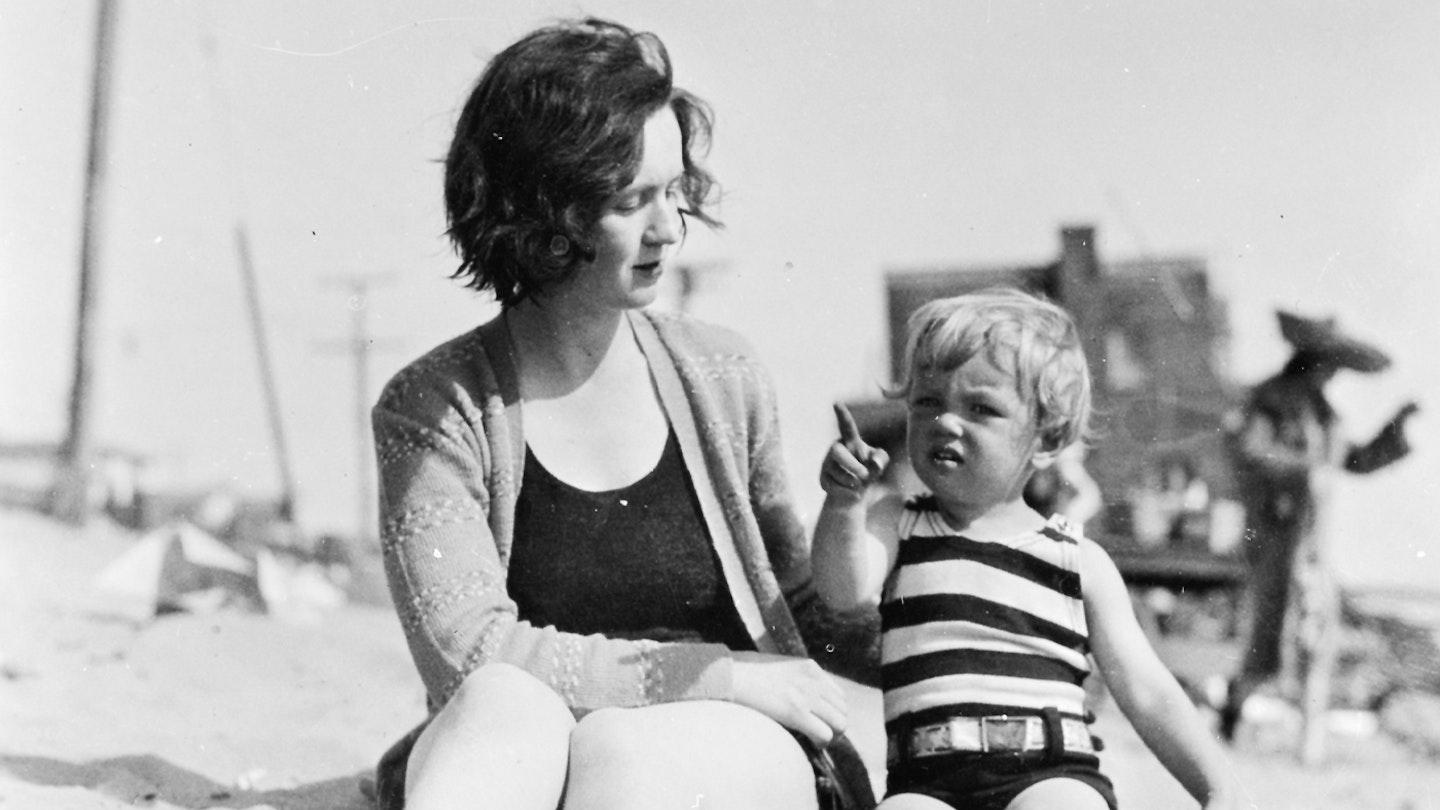Of all the relationships Marilyn Monroehad, perhaps the most complicated was the one with her mother, Gladys.
Born on May 27, 1902, Gladys was pregnant and married to the much-older Jasper Baker, just before her 15th birthday. The relationship was abusive, with Baker calling her vile names and causing “extreme mental pain, anxiety and humiliation”.
When Gladys filed for divorce, Jasper deemed her an unfit mother and, in 1922, he snatched his children – Berniece and Robert – and moved them from California to Kentucky. A heartbroken Gladys followed her children, but she could not win them back, so returned to Los Angeles, where she worked in the processing lab at Consolidated Film Industries.
There, she became friends with a colleague called Grace McKee and, in 1924, married Martin Edward Mortensen, though shortly after began an affair with Charles Stanley Gifford, one of the bosses at Consolidated. In May 1925 Gladys left Mortensen, and that autumn, became pregnant. While there has always been debate on who the father was, Gladys believed it to be Gifford. When she gave birth to Norma Jeane (Marilyn's real name) on June 1, 1926, Gifford was long gone, and Gladys was on her own, trying to care for her child, and hold down a full-time job.
Just weeks after the birth, Gladys and Norma Jeane moved to the home of Ida and Wayne Bolender – a religious couple who lived across the road from Gladys’ mother, Della. Ida later said, “She stayed in Hollywood when working nights as a negative cutter and stayed with me while working days.”
While it began with good intentions, the commute from Hollywood to Hawthorne and back turned into a struggle for Gladys. Eventually, she moved in with her friend Grace McKee, staying at the Bolender home occasionally, and always contributed to her child’s care. “(Norma Jeane) was never neglected and always nicely dressed,” said Ida Bolender. “Her mother paid her board all the time.”
A difficult start to life
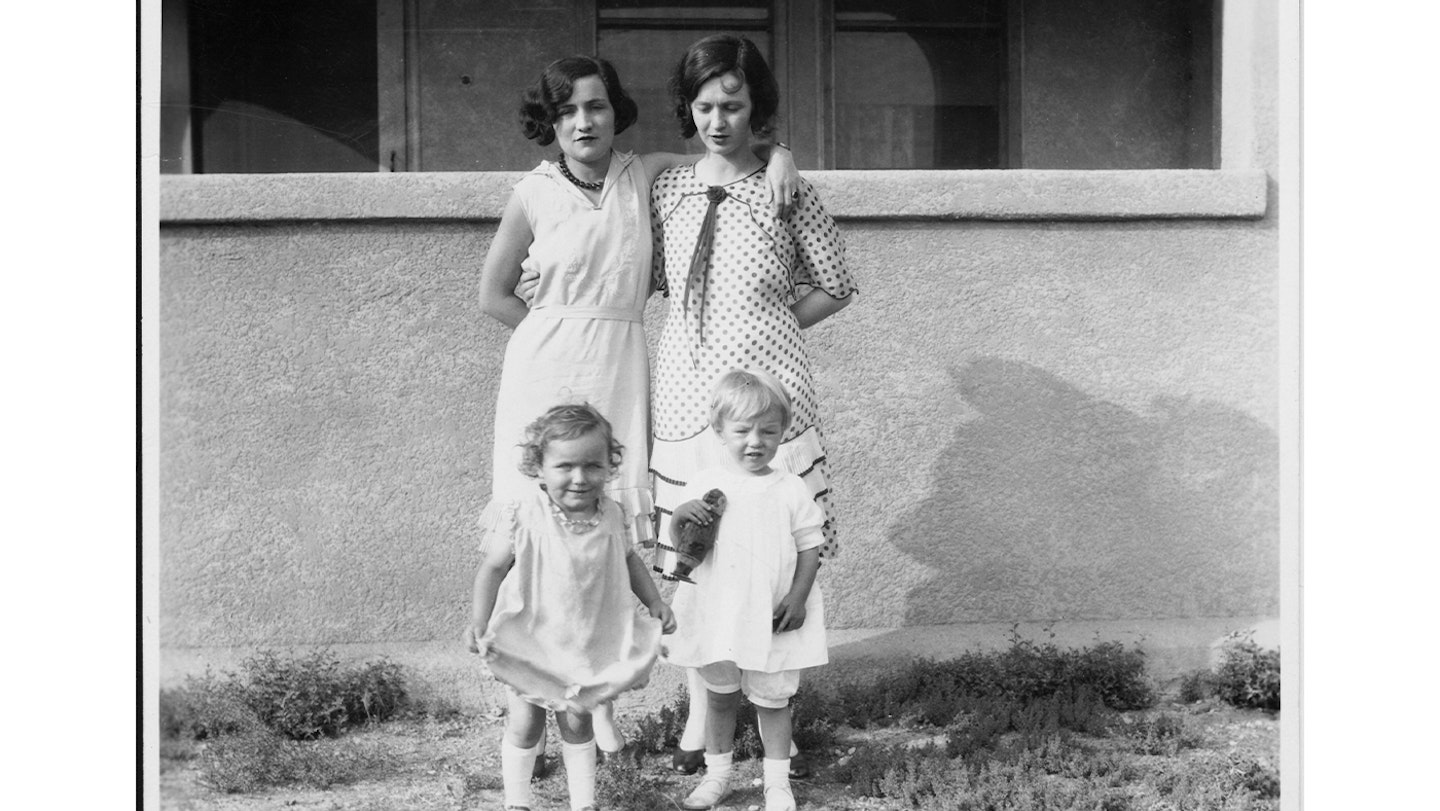
Norma Jeane settled into her life with the Bolenders, but while Gladys continued to visit her daughter at the weekends, her presence was confusing for the child. Norma Jeane referred to her as “The woman with the red hair”, and on at least one occasion, she was corrected when she called Ida, “Mama”. When she occasionally visited her mother in Hollywood, Norma Jeane would gaze at a photo of Gifford. She was somewhat afraid of Gladys, however, as the woman would rarely make conversation, and often reprimanded her for turning the pages of a book, “too loudly”.
In 1933, Gladys bought a house, where she and Norma Jeane lived with several lodgers. Gladys bought a piano, and the home was often filled with singing, dancing and music. Unfortunately, this new happiness did not last. Not long before moving into the new house, Gladys’ grandfather committed suicide, and then her 15-year-old son, Robert, died of tuberculosis of the kidneys. The news left Gladys devastated.
During 1934, her mental health deteriorated. Norma Jeane spent a lot of time on her own, playing with empty whisky bottles: “I must have had the finest collection of bottles any girl ever had. I’d line them up on a plank beside the road and when people drove along, I’d say ‘Wouldn’t you like some whisky?’.”
Gladys and her mental health struggles
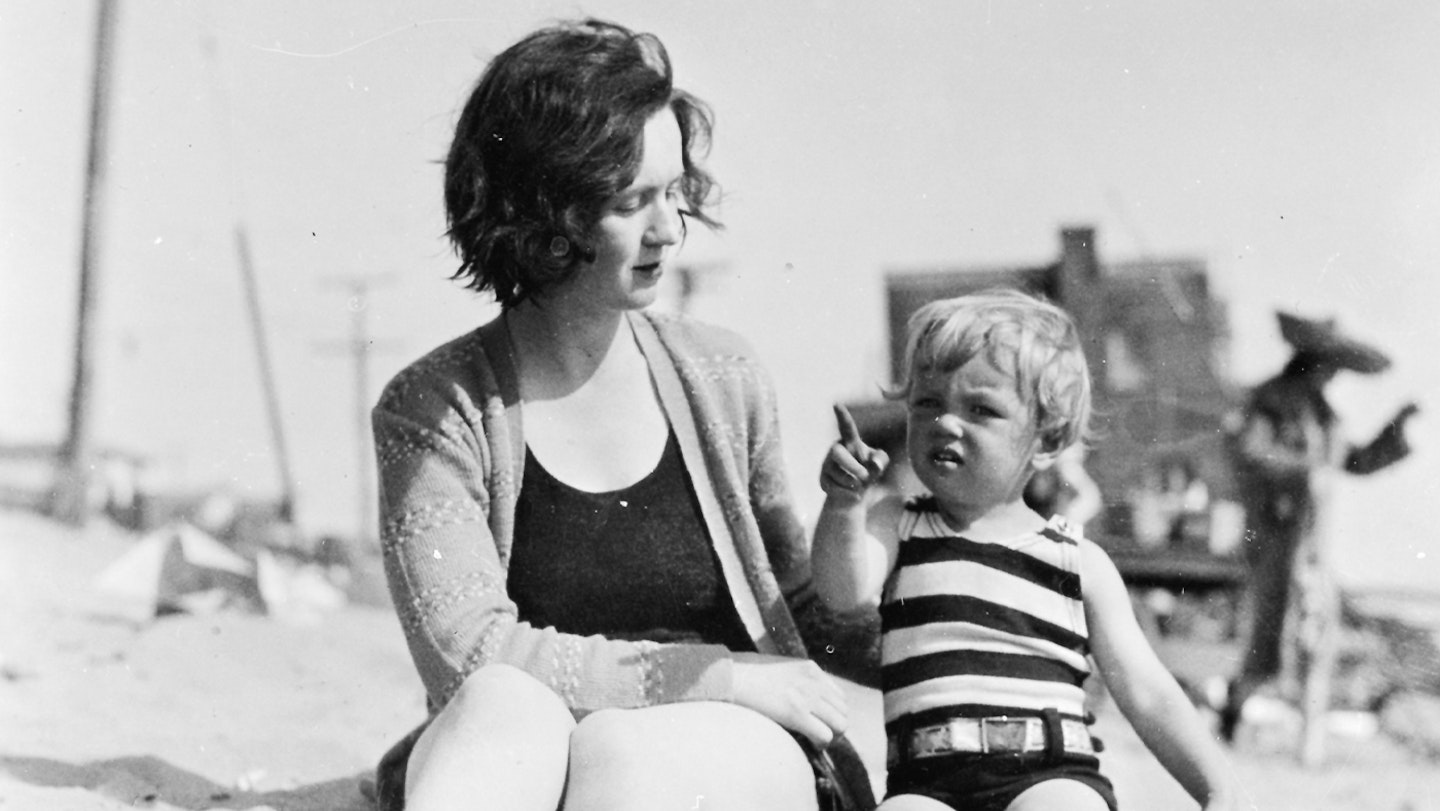
In January 1935, Gladys had a breakdown and was committed to the State Institution at Norwalk, where doctors diagnosed her with paranoid schizophrenia and said she would never be able to return to her job at RKO. Grace told Norma Jeane her mother was sick, but the child remained confused. “I figured my mother was really dead but they wouldn’t tell me because they didn’t want me to cry”, Marilyn said. “I didn’t know my mother was alive for many years.”
Grace took over Gladys’ affairs, and Norma Jeane’s care. She placed the child with a series of family friends, relatives and acquaintances, before moving her for a time to The Los Angeles Orphans Home. Ironically, the building had a full view of the RKO water tower. “I used to sit at the window and cry”, Marilyn said, “knowing that my mother had once worked there.”
In the years ahead, Norma Jeane lived with Grace, and friends and family, while Gladys was moved to a facility in Portland. During this time, they both renewed ties with Norma Jeane’s half sister Berniece, and the three women wrote to each other fairly regularly. In one letter, written in 1945, Gladys seemed lucid and happy; thanking Norma Jeane for a card, and mentioning the Marilyn's marriage to James Dougherty at just 16-years-old. By this time she had been released from the institution, and her letters implied that she was cured. But that wasn’t the case.
Marilyn the movie star and Marilyn the daughter
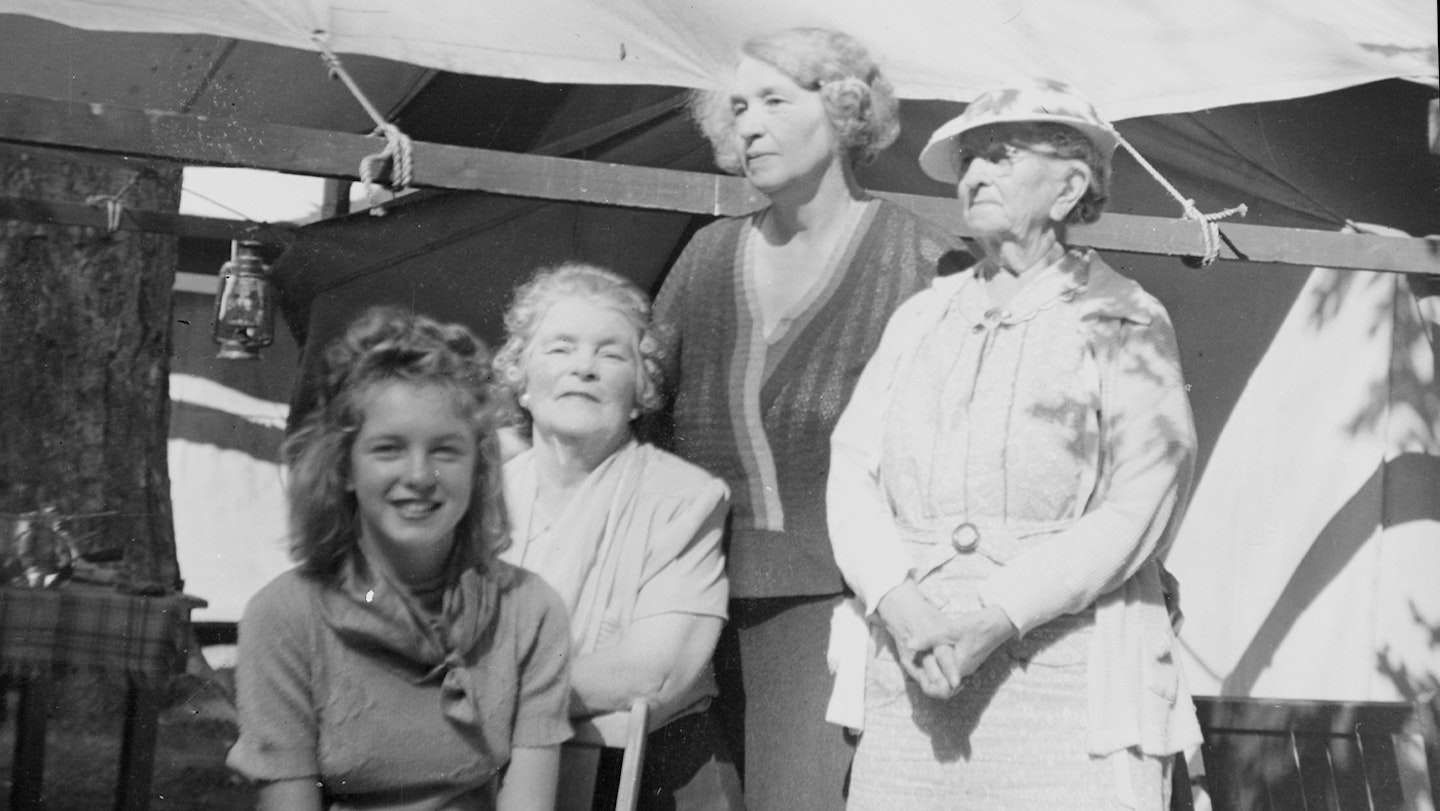
Norma Jeane was now enjoying a successful modelling career and, while on a trip with photographer Andre de Dienes, the pair stopped into Portland to see Gladys. While Norma Jeane tried to make a success of the meeting, Gladys barely said a word to her daughter, and the episode was awkward and depressing.
Shortly after, Gladys turned up in Los Angeles and moved in with Norma Jeane, at the home of family friend Ana Lower. By now, the young model was separated from her husband, and about to be signed to Twentieth Century Fox, where she would change her name to Marilyn Monroe. Although Gladys apparently thanked model agent boss Emmeline Snively for helping her daughter, she wasn’t keen on Norma Jeane’s new life. “I don’t like her business,” she said, when Berniece asked her about it.
Marilyn’s boyfriend Bill Pursel was introduced to Gladys during this time, though she retreated into the house before he could begin a conversation. “I wondered what I said to cause this rather hasty exit,” Bill said. “Norma Jeane just stood there for a few seconds, then said, ‘Let’s go.’ I didn’t ask any questions, but I knew something wasn’t right.” Shortly after, Gladys grew bored of living with Marilyn and Ana, so moved out, tried her hand at nursing and was dismissed from every job she acquired. This strange career move led to money worries and, once again, her emotional health suffered.
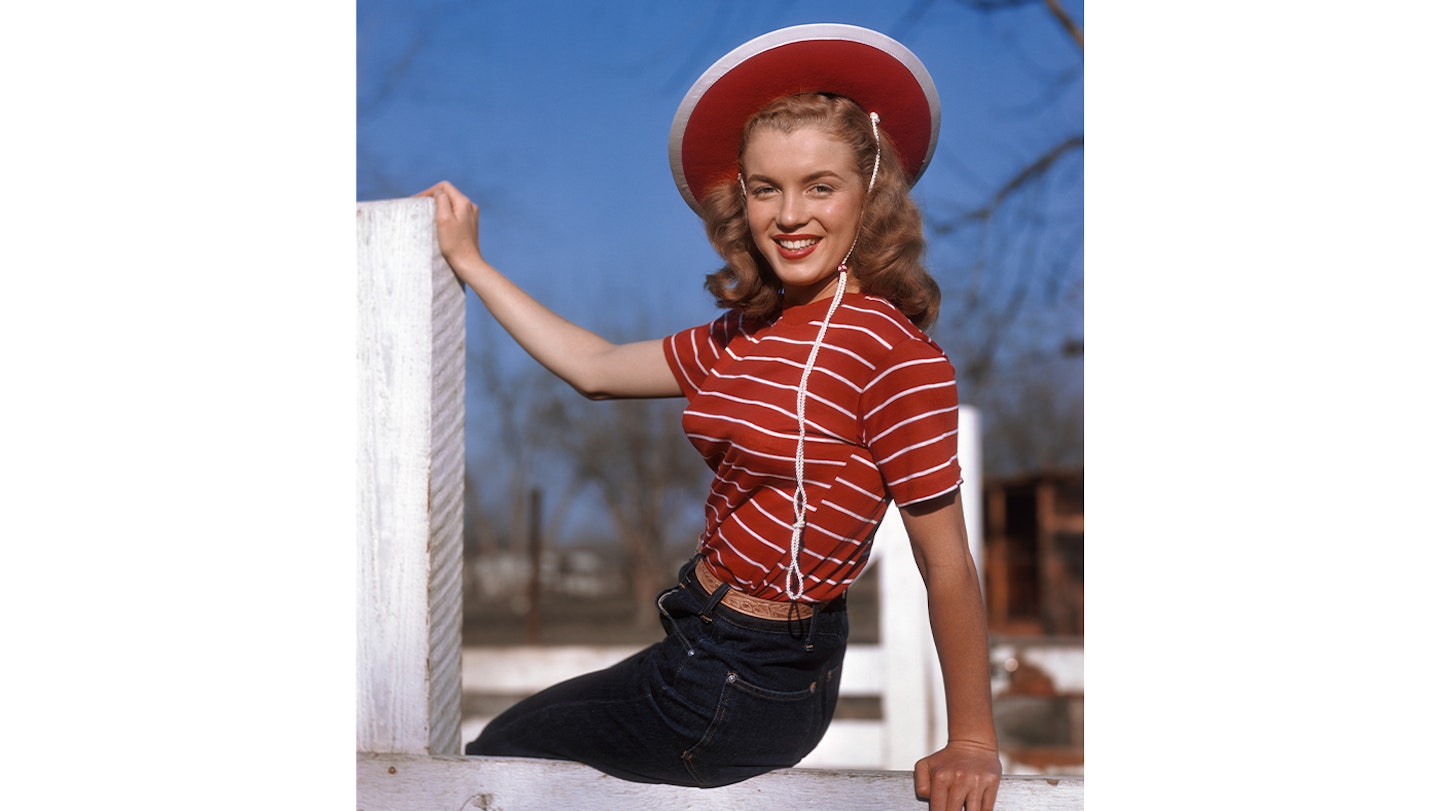
As Marilyn’s star rose, she told reporters that her mother had passed away, though of course she knew this wasn’t true. In fact, Gladys had been flitting around Los Angeles for years, and had even briefly married a man called John Eley. In 1952, a journalist tracked Gladys down, and contacted Marilyn. Concerned for her mother’s privacy, the actress explained that she had wanted to keep Gladys’ existence private, to protect her mental health. She won a lot of sympathy, but some fans and reporters felt cheated. “Does Marilyn Monroe live with her mother or is she still hiding her somewhere?” wrote one sarcastic Modern Screen reader.
In late spring 1952 Gladys moved in with her old friend Grace, though by this time she was prone to frequent physical and emotional outbursts. One day Gladys ranted that she was being punished for once taking a drink during prohibition, and thought that people were trying to harm her. Grace noticed that, while Gladys kept a photo of Marilyn on her bedside cabinet, she would sleep at the foot of the bed, so that she couldn’t see it. Grace was in delicate health and wrote to various people, begging them for help.
Gladys moved out of Grace’s home, fled to Florida, before returning again in such a deranged state that the police were called. Gladys was admitted to the Metropolitan State Hospital, and in early 1953, found a permanent home at Rockhaven Sanitarium.
Mother issues
Marilyn made sure to pay her mother’s expenses at the home, though left the day-to-day logistics to a woman called Inez Melson. She kept Marilyn updated on her mother’s welfare, and informed her of any personal items to buy, or bills to be paid. Meanwhile, Gladys believed that there was nothing mentally wrong with her, and she showed particular distrust towards the medical staff. Gladys would get very upset about matters related to her Christian Science beliefs, and once overturned the furniture in an office, for no particular reason.
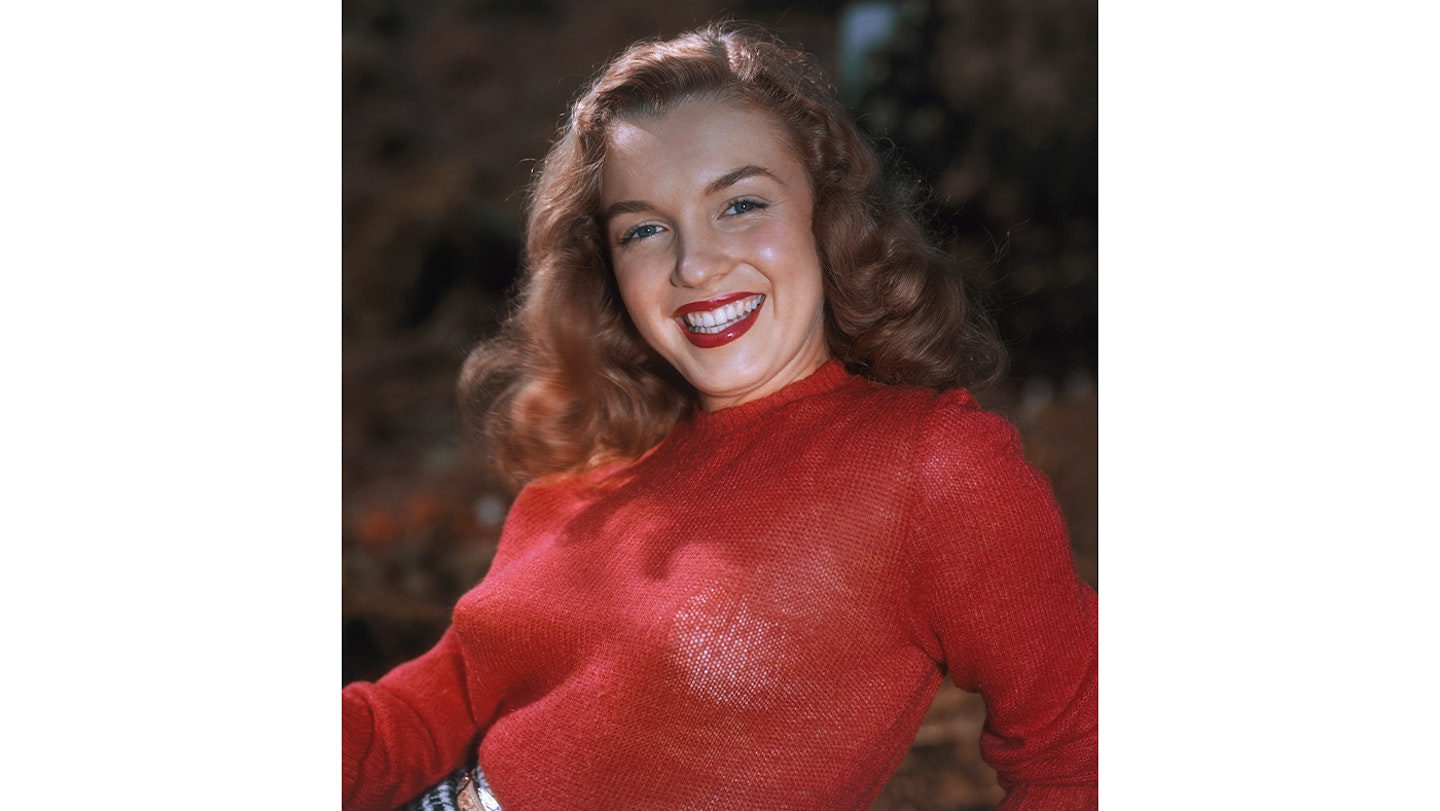
She could also be creative, however, and once made a candy wreath and ran the refreshments stand at a Rockhaven Christmas bazaar. She also made table mats on a loom (some of which were sent to Marilyn as a Christmas gift), and sent cards and letters. “Things are very annoying around here,” she once wrote, “and I’d like to move away as soon as possible.”
Marilyn’s life and career went through numerous changes over the coming years. There were marriages to Joe DiMaggio and Arthur Miller, and roles in movies such as The Seven Year Itch (1955), The Prince and the Showgirl (1957), and Some Like it Hot (1959). However, after Marilyn’s marriage to Arthur Miller ended, she had a breakdown, and in 1961 was admitted to the psychiatric ward of the Payne Whitney hospital in New York.
Marilyn had no idea why she had been admitted and demanded to be released. She wrote to friends, begging for help, and finally managed to get a call through to ex-husband Joe DiMaggio, who helped organise her transfer to another hospital. The stay at Payne Whitney was a stressful one, but also a deep learning experience. When she was released, Marilyn told friends that, while she always worried that she could have issues like her mother, witnessing the other patients had shown that her own problems weren’t as prolific.
Gladys Baker was still resident at Rockhaven when Marilyn passed away in 1962. Although she showed no emotion when told the news, Gladys expressed her thoughts in a letter to Inez Melson. Describing “Dear Norma Jeane” to be at peace, she added, “May our God bless her and help her always.”
Marilyn had set up a trust fund for Gladys in her will, though the money would not come to fruition until many years later, causing several headaches regarding the payment of bills at Rockhaven. Throughout it all, Gladys’ independent streak never left her and, on at least one occasion, she escaped from the home and walked for miles before being discovered. Finally, Berniece became Gladys’ guardian, and moved her to Florida. There she was able to live in a retirement home, and could often be seen riding around the neighbourhood on a red tricycle, before finally passing away in 1984.
You can learn more about Marilyn's life off screen in the new Netflix film, Blonde, which delves deeper into the darker side of Marilyn Monroe's life.
